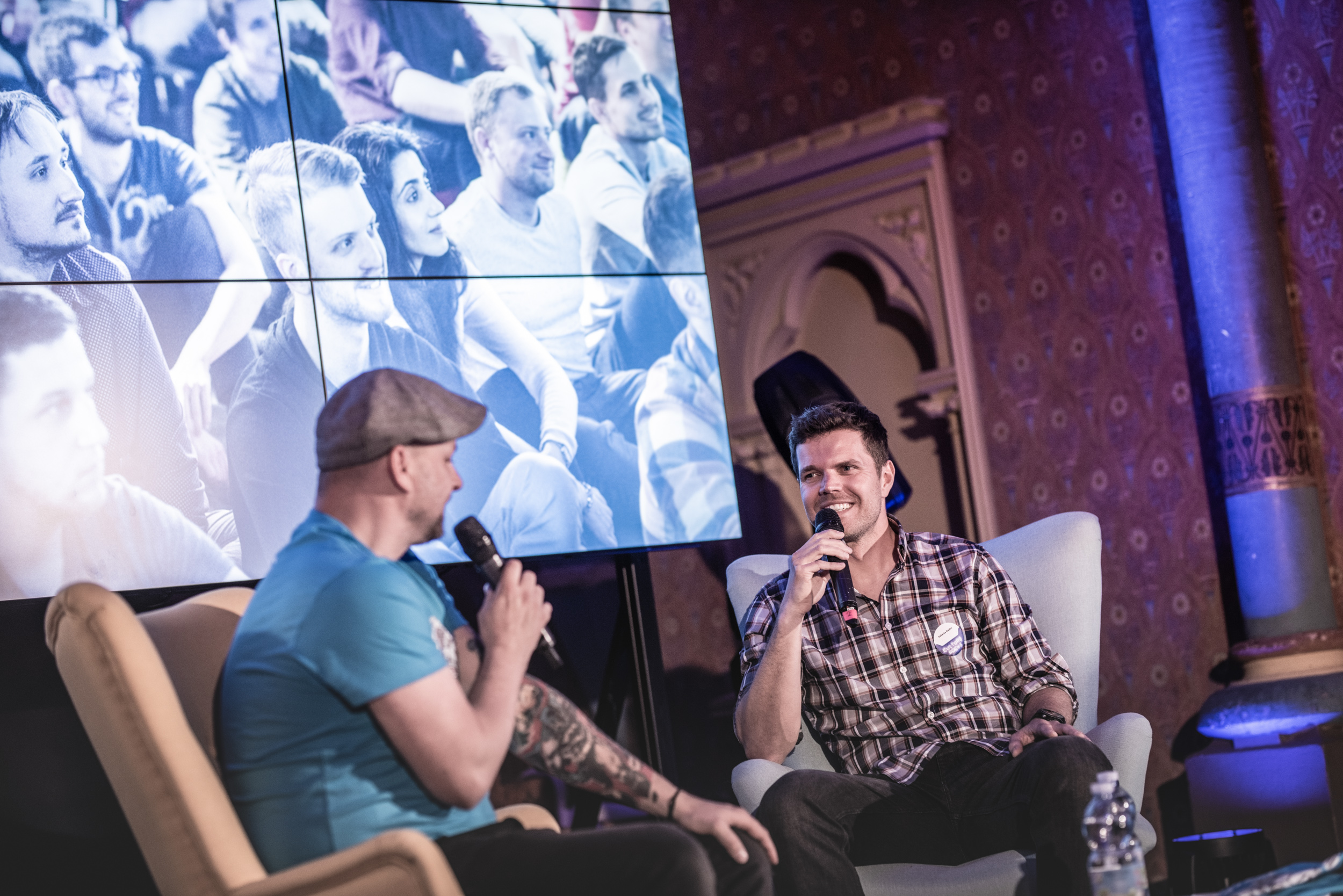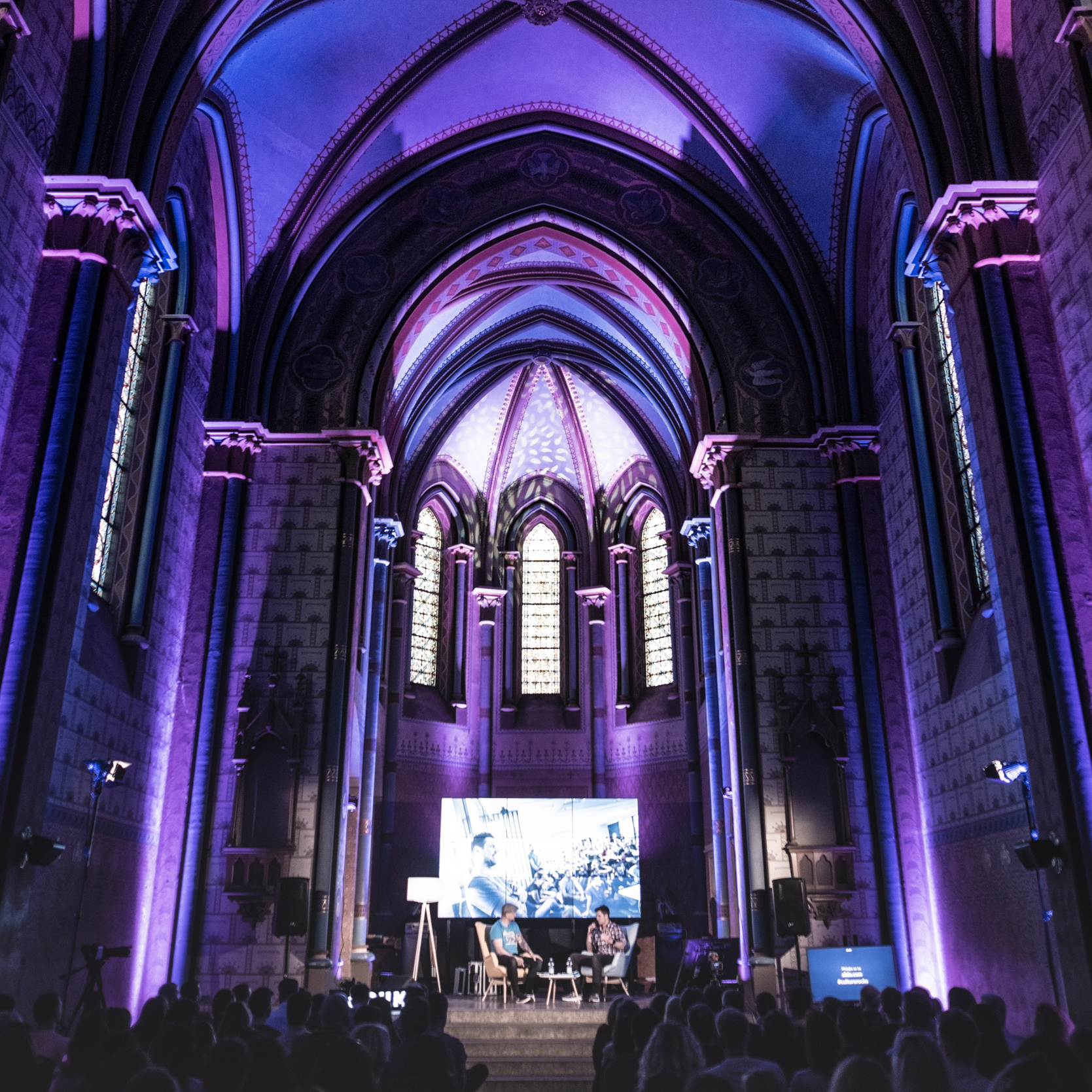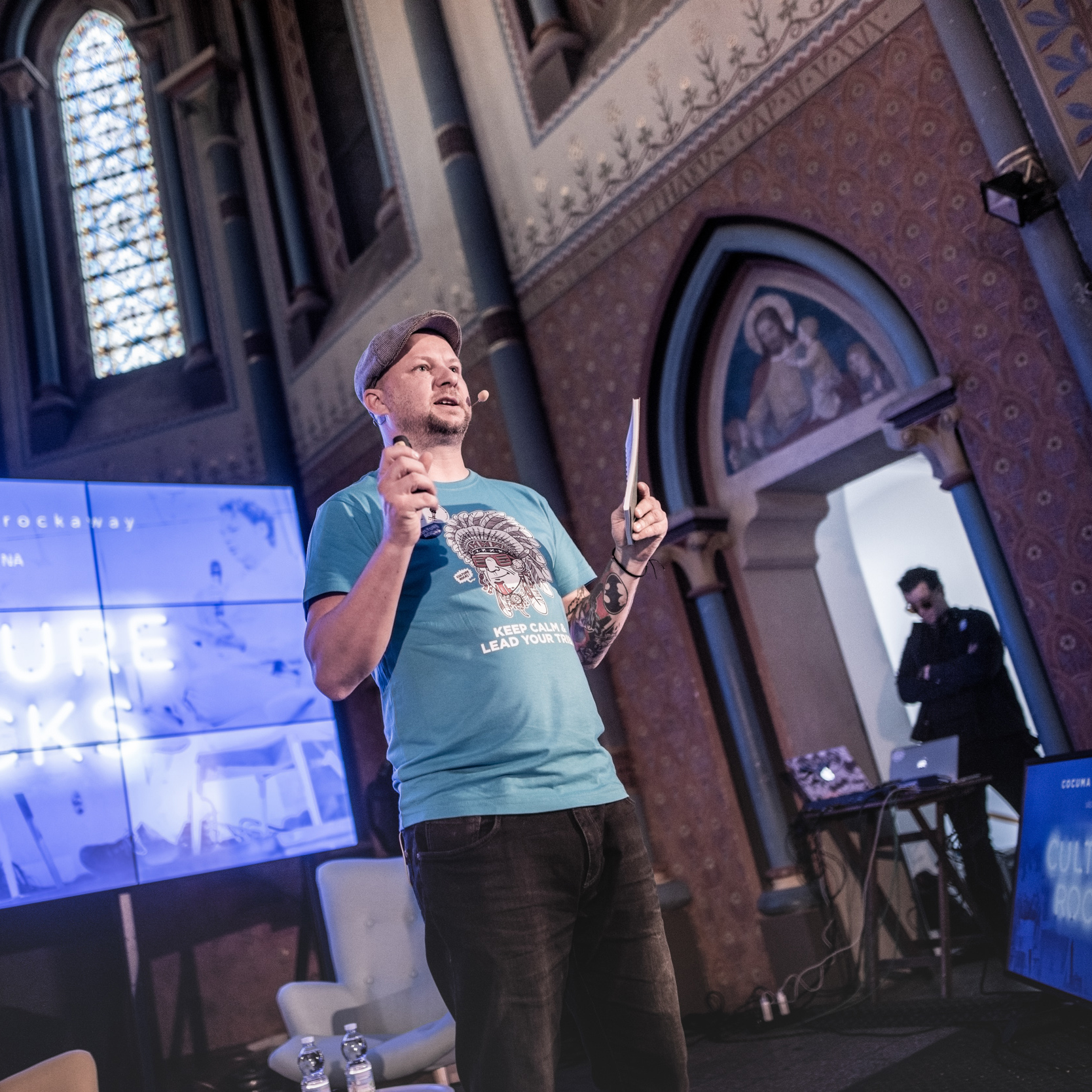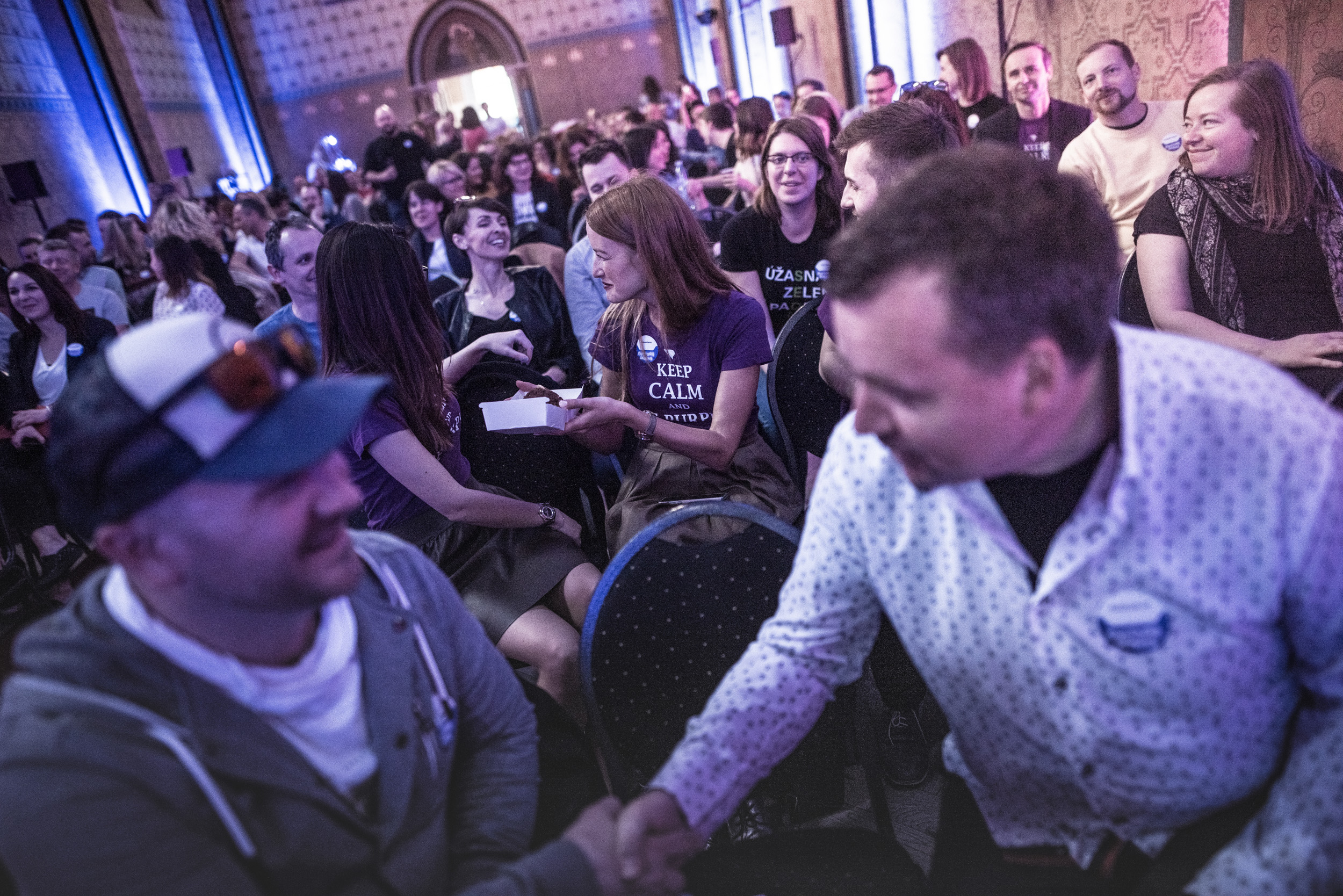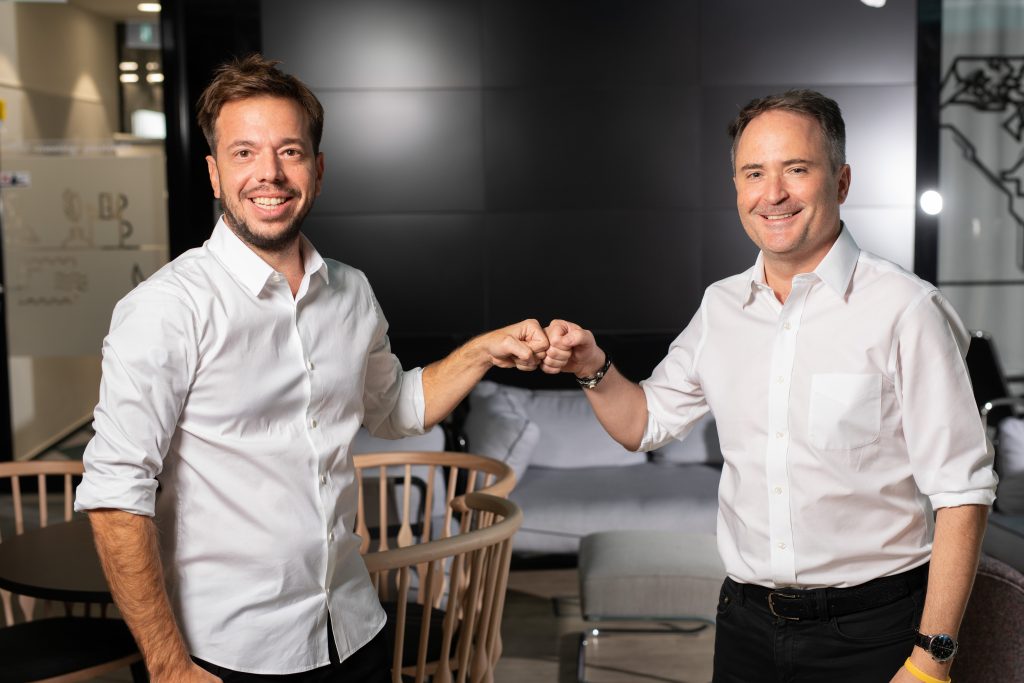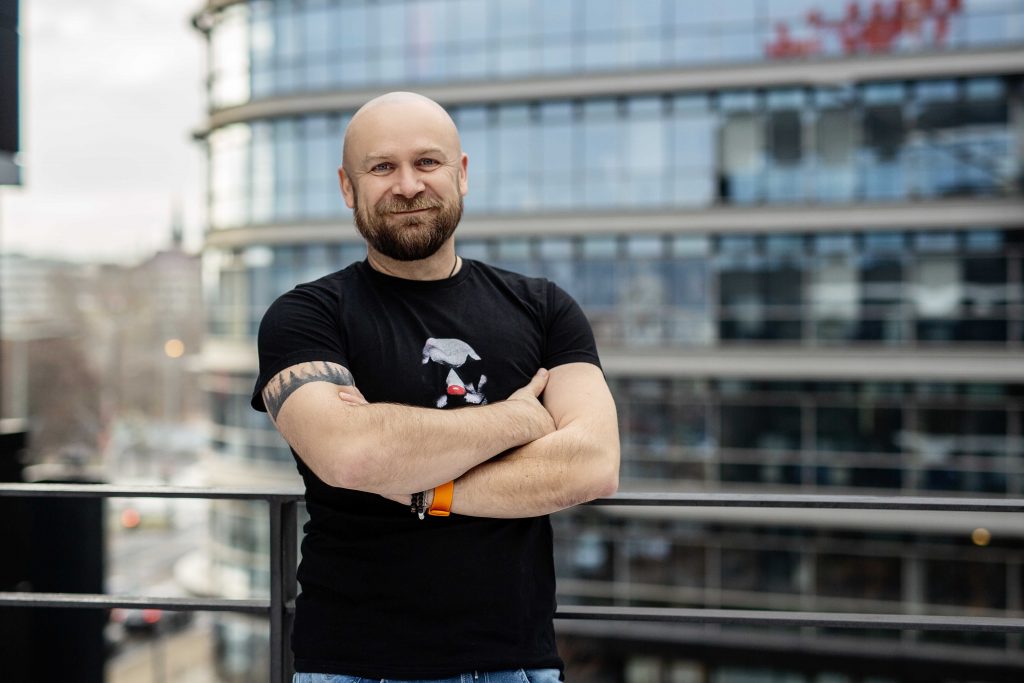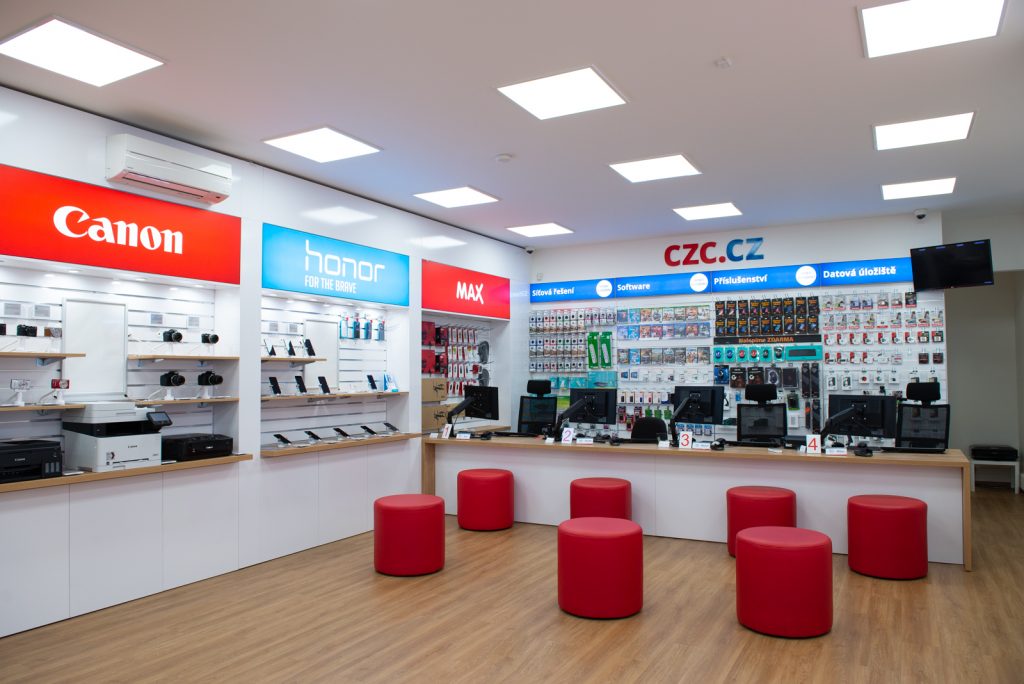All news“We sometimes hear that we are very corporate, but some things can’t be done without good planning,” said Radko Sekerka, head of R&D at Mall Group, at the Culture Rocks conference
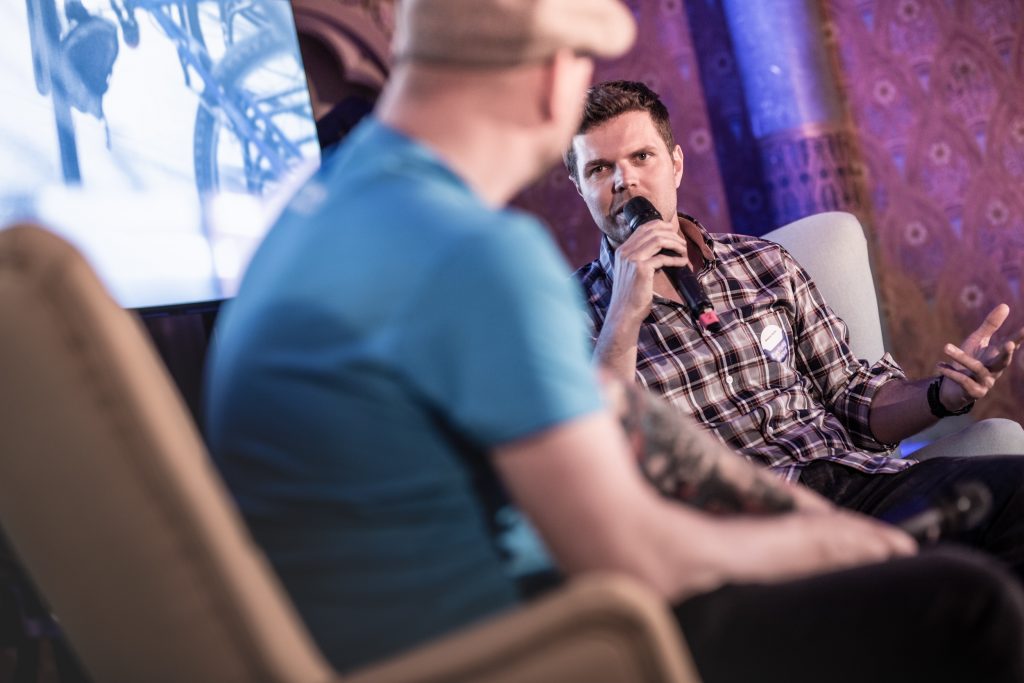
Rockaway has actively been supporting the Culture Rocks conference focused on corporate cultures for over three years. The fifth edition of the event took place on 4 April at the deconsecrated Sacre Coeur church in Prague’s Smíchov district. The speakers included Radko Sekerka, who has been part of the Rockaway team since 2015 and has served as the head of R&D at Mall Group for the past year and a half. The following interview with Radko was conducted by Petr Skondrojanis, CEO of the COCUMA portal, in the conference’s talk-show format.
Petr Skondrojanis: Radko, you joined Rockaway as a “business provocateur”. What does that mean?
Radko Sekerka: Dušan (Zábrodský) and Jakub (Havrlant) called and told me that they were looking for someone who would take a look at the business plans of the individual firms in the group from a different point of view, assess whether they made sense and then goad them to be more successful. That seemed like insolence to me, so I changed the name of the position to provocateur.
That was at the time when we thought Rockaway would focus on start-ups. In that case, I understand the provocateur position, but now you are on assignment at Mall Group. How did that happen? And does it work the same way?
Obviously, that ran its course. From the beginning, we had focused on feedback to individual firms, but that gradually grew beyond us – under Rockaway, an entire strong e-commerce holding group began to take shape in which we became responsible for the product part, where we strived to connect business and IT. When Mall Group was formed, I took my role and team to Mall.cz, as it did not have that department. I then added IT to it and thus arose my role, R&D.
We were accustomed to the agile thinking of a smaller team
I remember that Mall had the same billboard for maybe seven years… How did the clash with such a culture look?
The clash was intense. At that time, Mall was a corporation without a corporation; even thought it was large, it lacked a full range of processes. We were accustomed to the agile thinking of a smaller team in which it is common that people take what is said as their own and it goes from there, and the meeting at Mall.cz back then was tough. We tried to stir things up as much as possible and, in the end, the clash was great. For the people who stayed and for me – I learned a lot of new things.
How many of you were there in product and IT at the beginning?
When I came to Mall.cz, there was one business-product representative, a few people in IT and a lot of people in SAP… So, 50-60 people in total.
Now R&D has around 300 employees. How did you find those people?
A lot of changes were made at Mall.cz all at once. HR was under tremendous pressure, so we first started looking on our. When I hired someone, I would give him an assignment and after a few days he would discover with horror that he didn’t have any colleagues with whom he could fulfil the given task. Plans had to be postponed and everyone gradually got involved in finding new members of the team.
That was your answer for the panic – “I’ll build the team myself”? How many suicides were there?
Some took it with verve and even built teams for others. Most of the guys quickly began to feel that responsibility. But it wasn’t entirely that we would seek individuals; we had a full range of offers, sometimes from whole teams. The beginning was more difficult, but then it took off and happened quickly. In a year we had 300 people, though we don’t really know how.
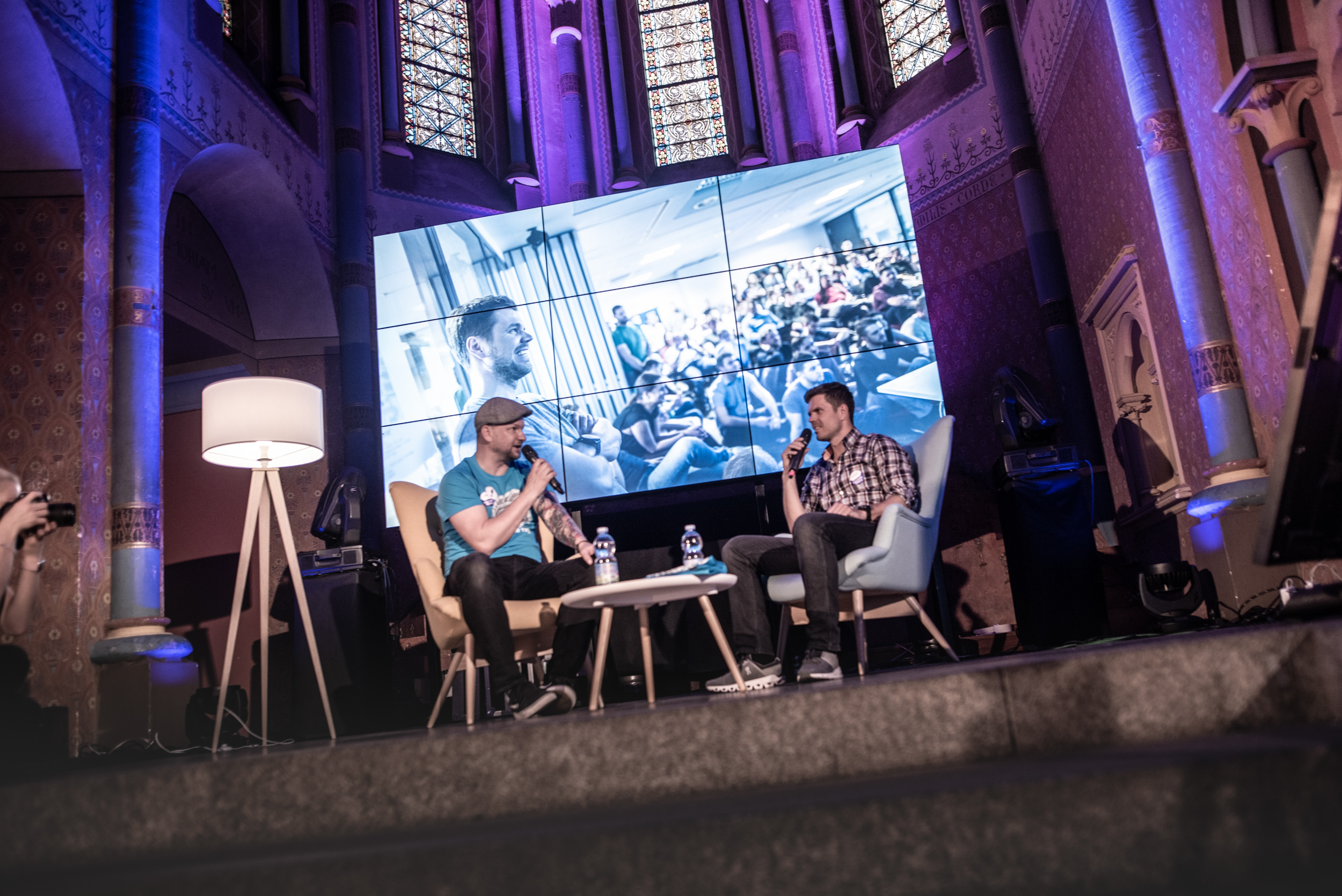
What is the biggest challenge that you have in the R&D team?
The biggest goal that we have in the R&D team is transparency. We already have corporate values. Transparency is a team value, so everyone knows who is doing what. The bridge to that is proactive communication and, at the same time, that is the greatest challenge that we face.
With which tools is transparency being built in R&D?
It is important to have a good tool with which you see everything and can document, show and prioritise. But the key to success isn’t software; it primarily involves discipline – it is necessary to record everything and answer questions. That is decisive.
Whatever can’t be done, I will do it myself
Where are you at with agile development and project management?
I can honestly say that, for me, “agile development” was a dirty word. But that changed and today I’m in a situation where I’m finding out that a company like Mall, for example, can’t operate either agilely or purely based on project management. We are now in a phase when there is some idea and we either know that it’s not complicated and the team can take care of it themselves – this mostly involves product or technical innovations – or we find out that it is a complex issue that requires the collaboration of a full range of people, and then we proceed with pure project management. So, we combine these two methods, and sometimes below that it falls to the individual teams, which go into scrum. Of course, sometimes we hear that we are very corporate, that that’s how it was done twenty years ago… But some things can’t be done without good planning. So we combine it.
What do you struggle with most?
The worst thing is that you often think your people know what the strategy is and so on – but they don’t know. To reach them and know that they understand they are on the same wavelength…that’s the hardest. I learn that again and again every day.
How do you do it, what tools do you use, how do you impart the vision to people?
I learned from AVG that what didn’t work, I had to do it myself, McDonald’s style.
What is McDonald’s style?
In order to be the boss, you have to go through every position. You know what each position earns and, for example, you know how to clean a toilet so it doesn’t stink. That taught me a lot of things individually and, in a similar spirit, I try to bring that to my team. Mostly I do that through “provocation” – I simply provoke them until it clicks. If a problem comes up, I try to go back to the fundamentals of communication and talk about the situation, get the right group together in a chat, call people to a meeting. E-mails are the right way for me. I try to impart this energy and effort to “sort it out yourself” to the people around me.
Prioritisation is the most difficult
What could take Mall down? Culture, technology, anything?
Culture is very important; technology isn’t anymore, and the competition can always do you harm, and that’s tough. But the biggest threat to us is bad prioritisation. There are a whole lot of tasks ahead of us and the most difficult thing is to choose the right ones. We have to wager on the right cards.
What are you truly proud of, where have you truly had success?
It’s not my contribution alone – but when I compare it to the situation that I walked into, I seriously believe we have a great team. That doesn’t mean that they had bad people there before, but from the beginning they didn’t want to play ball with us, according to our rules, according to our DNA. Now we’re pulling together.


